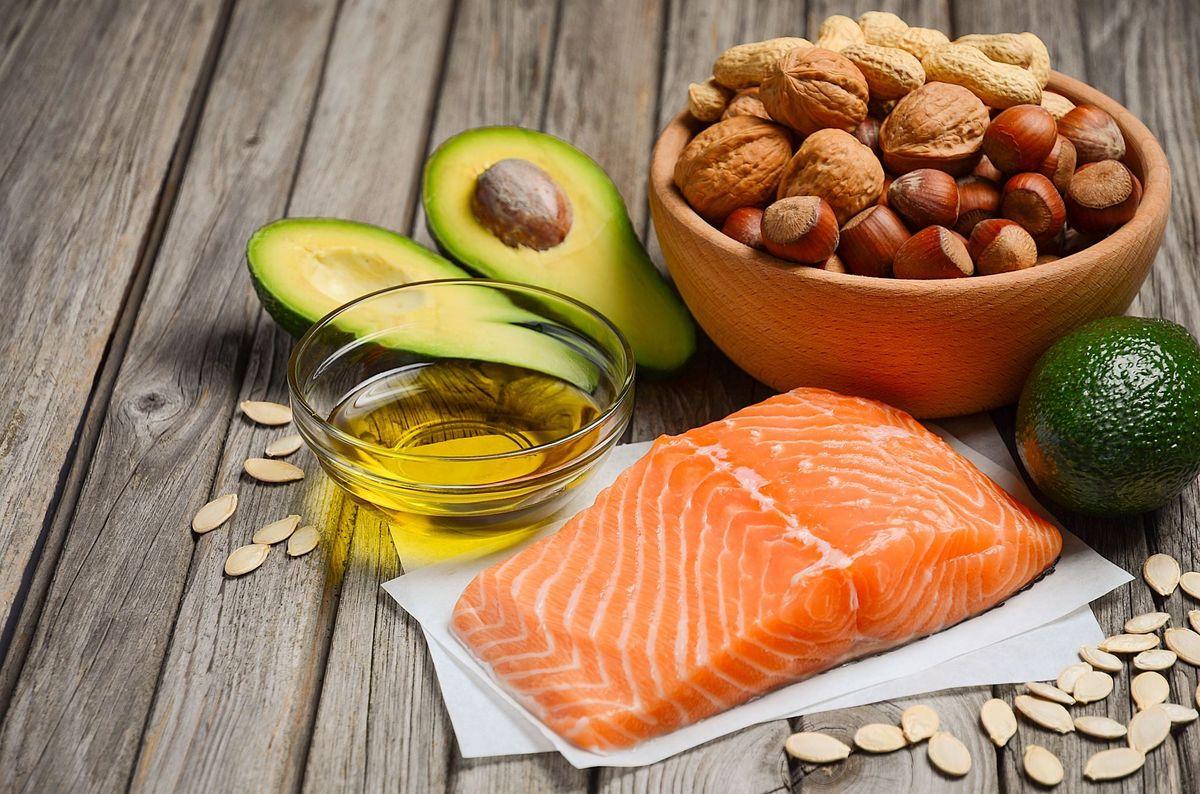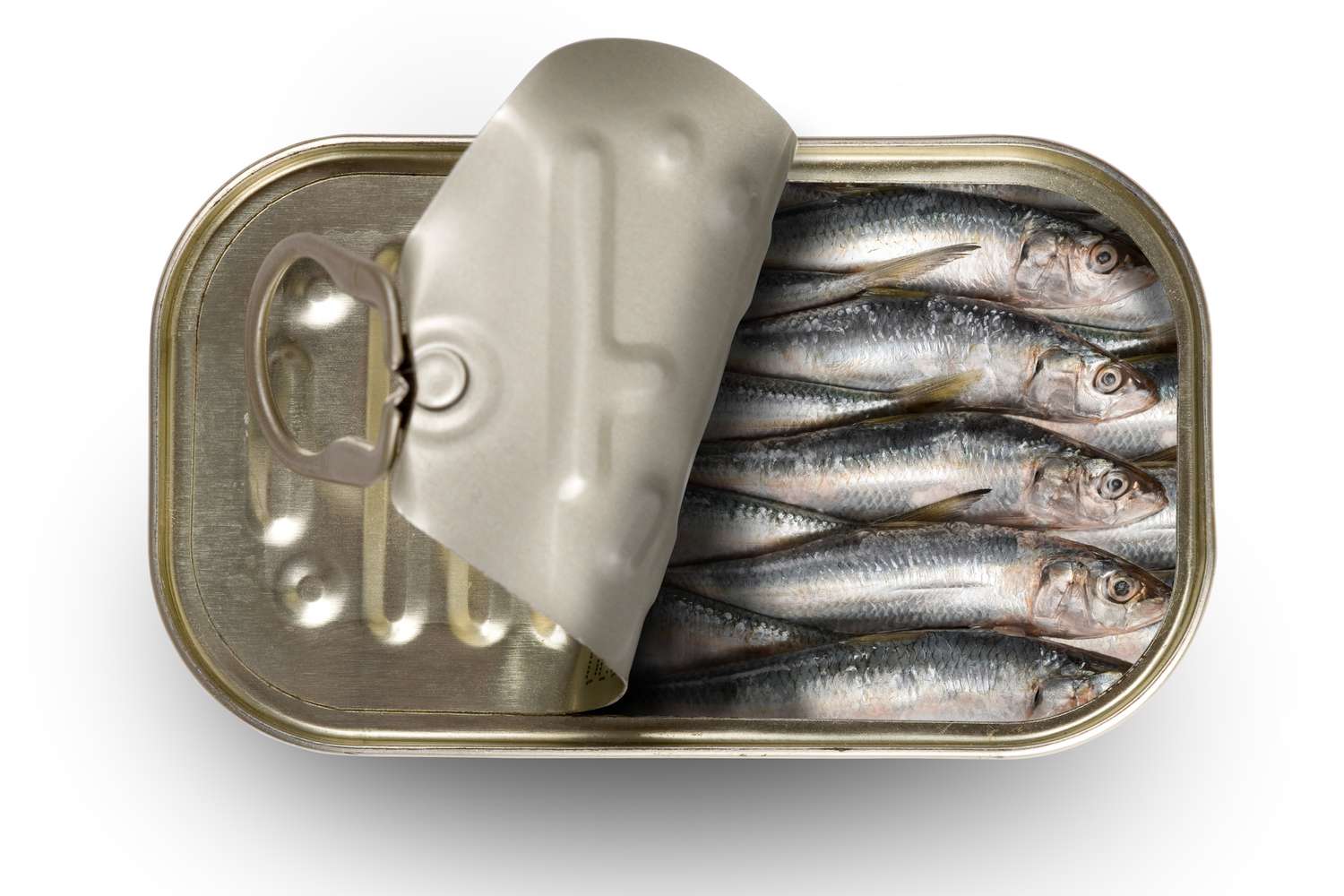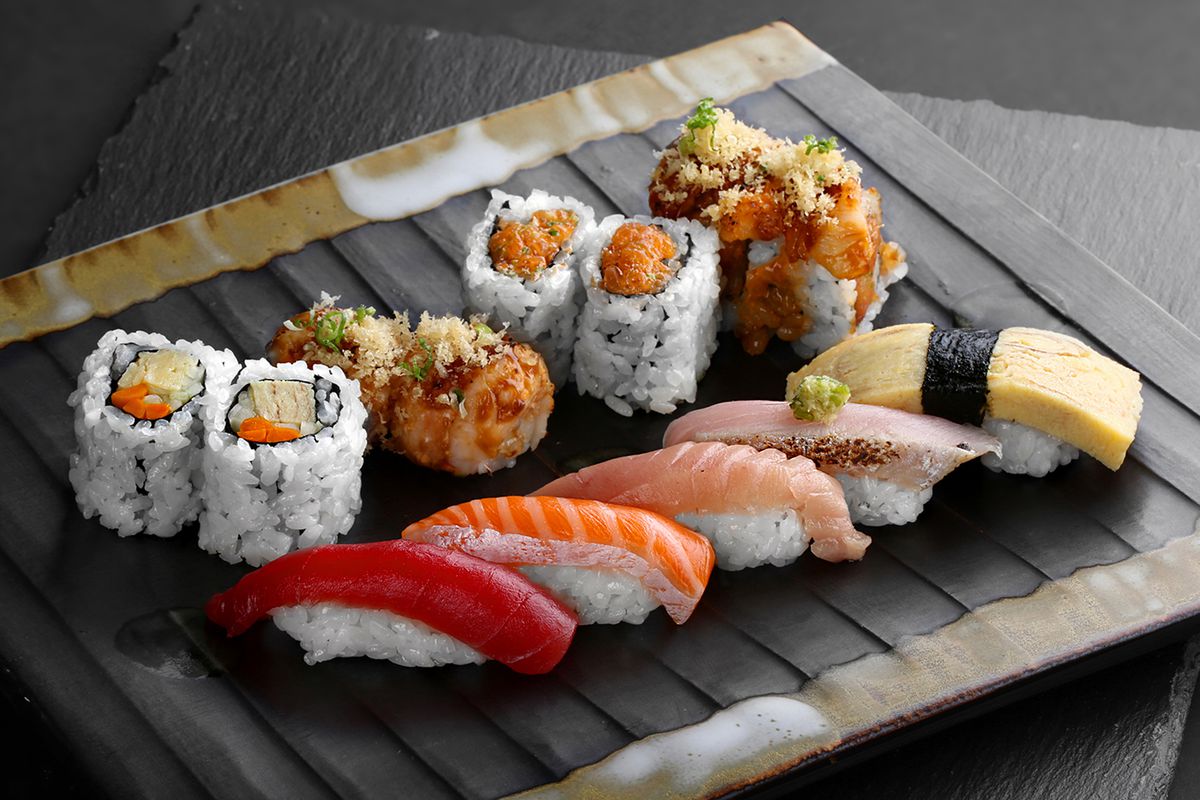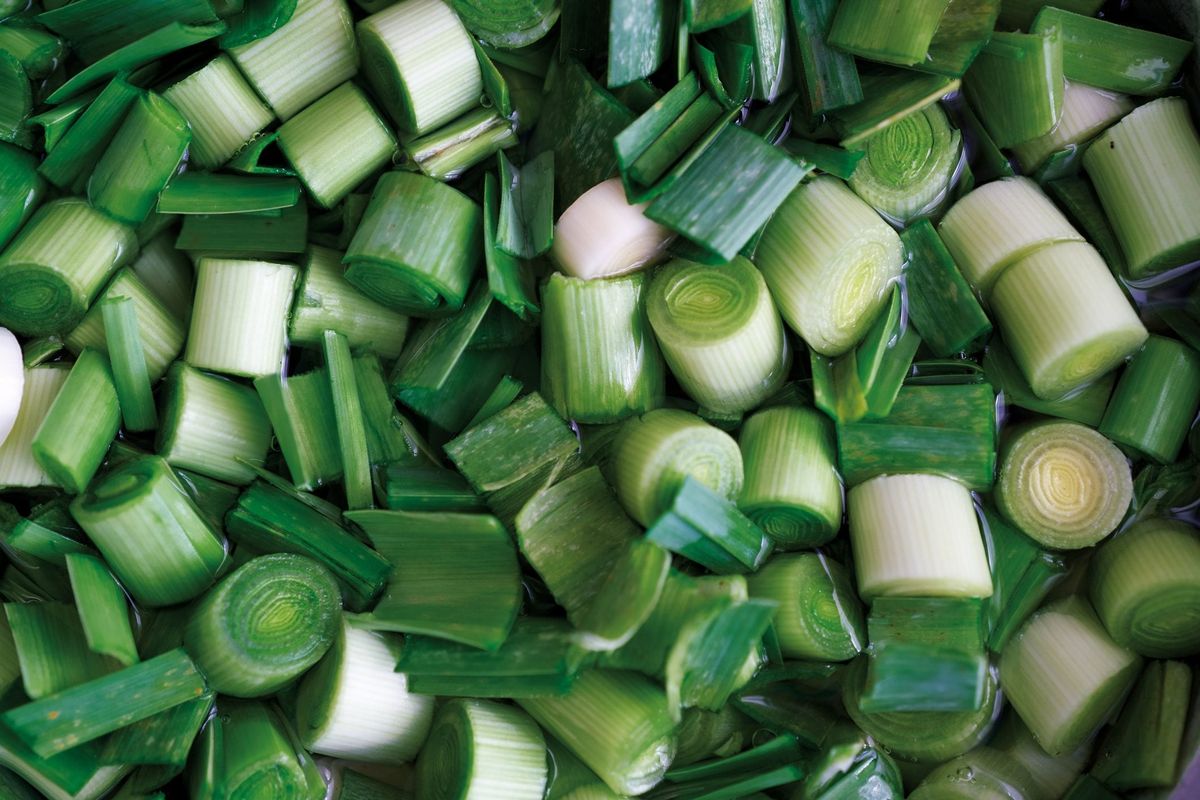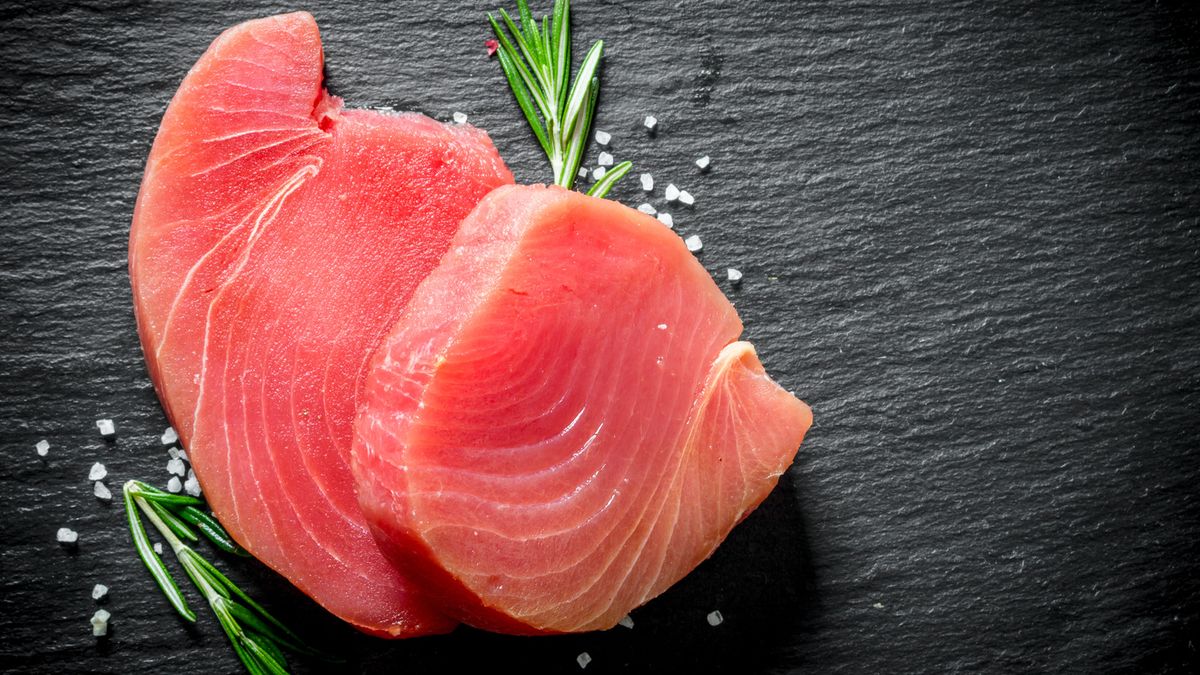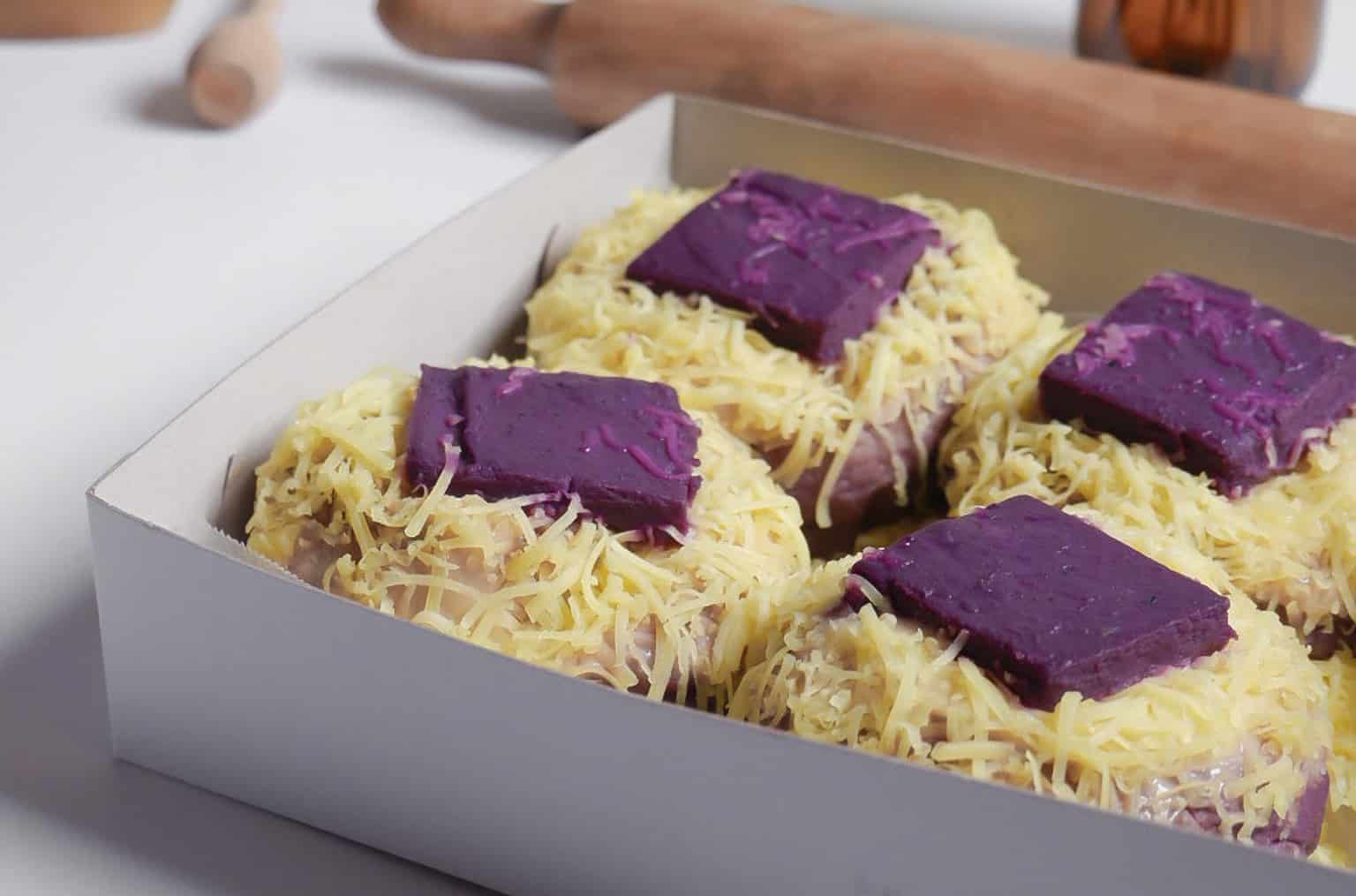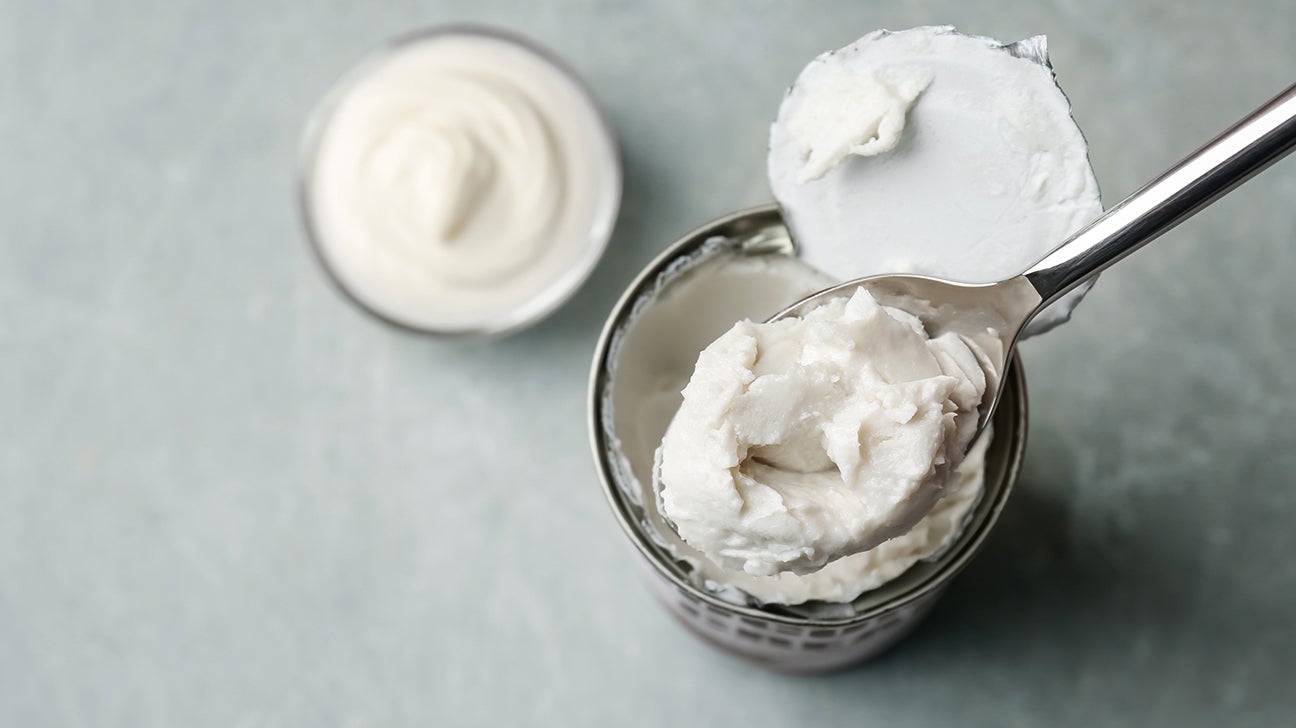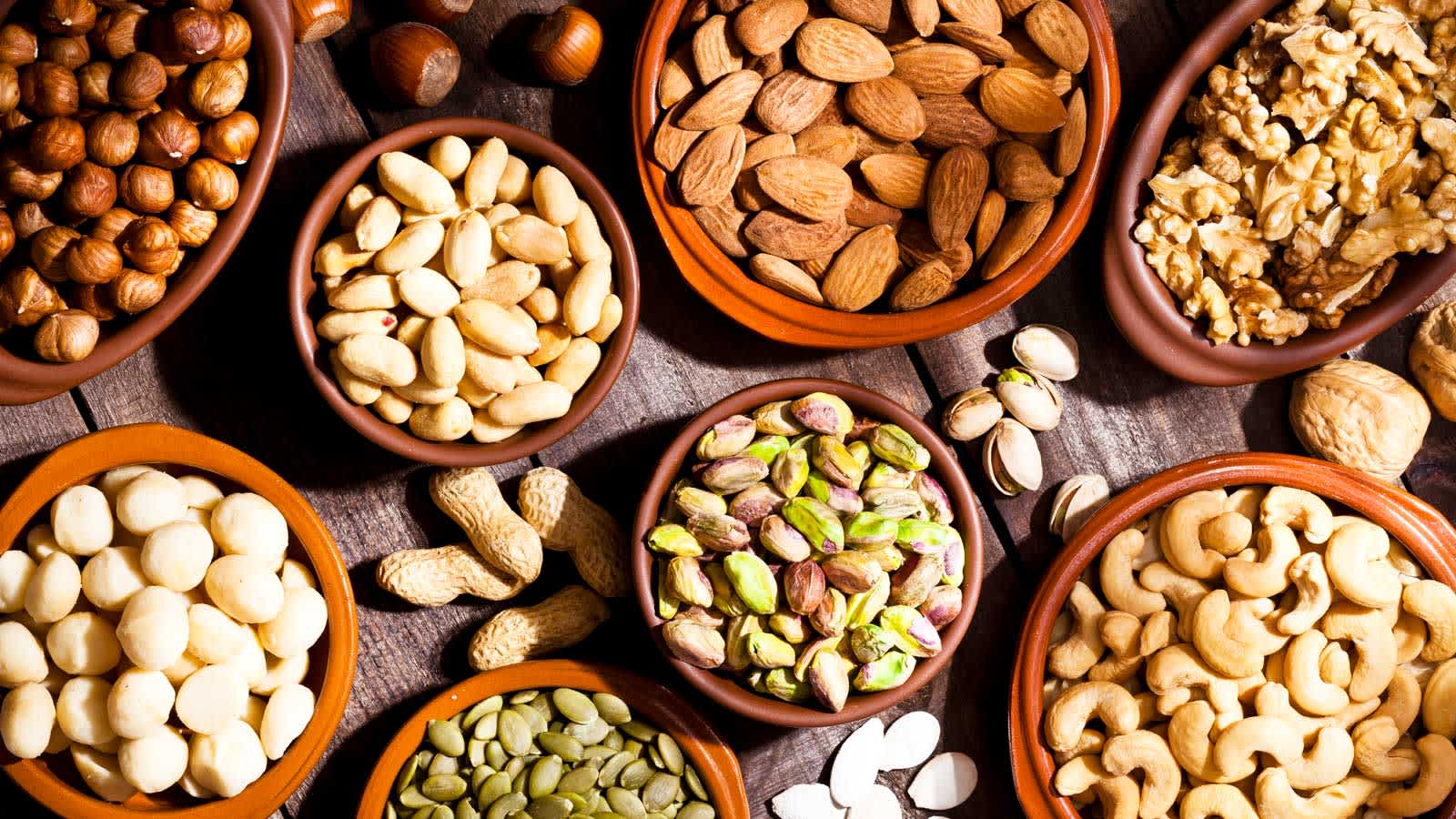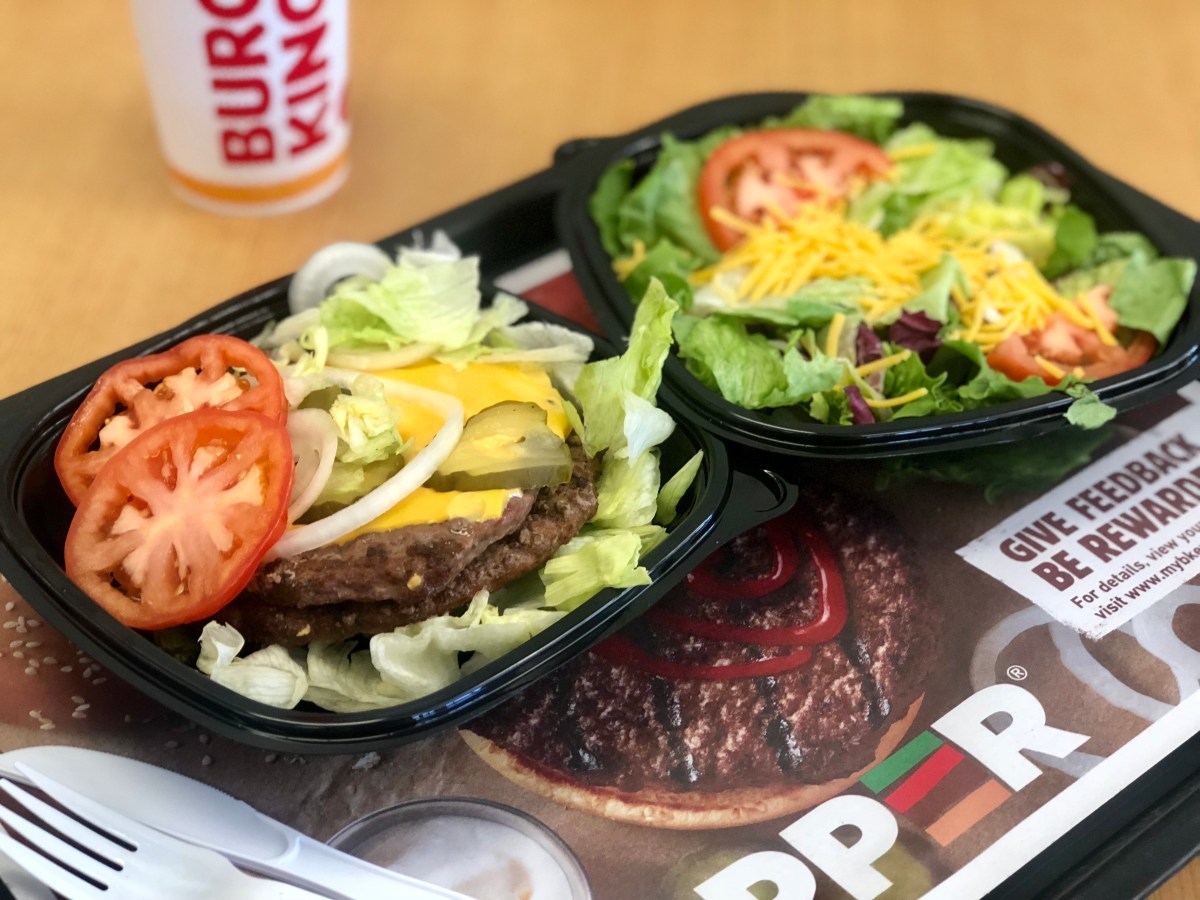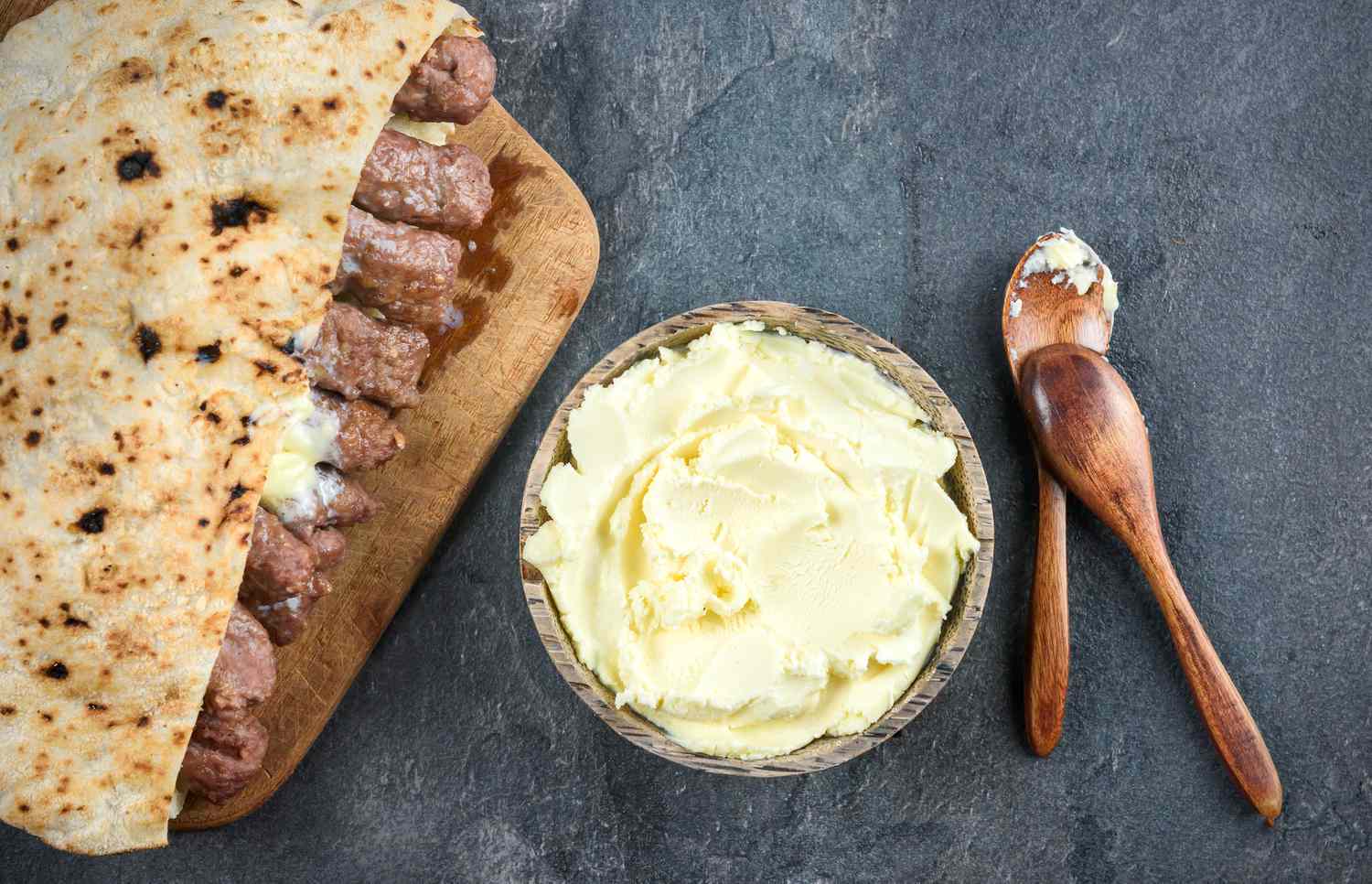How to Follow a Low-Fiber Keto Diet
Following a low-fiber keto diet can be a great option for individuals who need to manage their fiber intake while also reaping the benefits of a ketogenic lifestyle. Whether you have digestive issues, are recovering from surgery, or simply need to reduce your fiber intake, a low-fiber keto diet can be a helpful solution. Here are some tips on how to eat low-fiber keto:
Focus on Low-Fiber Foods
When following a low-fiber keto diet, it’s important to prioritize foods that are low in fiber. This includes foods such as:
- Meat and poultry
- Fish and seafood
- Eggs
- Dairy products like cheese and heavy cream
- Healthy fats like avocado, olive oil, and coconut oil
Avoid High-Fiber Foods
On a low-fiber keto diet, it’s crucial to steer clear of high-fiber foods that could potentially disrupt your digestive system. This means avoiding foods such as:
- Whole grains
- Lentils and beans
- Fruits and vegetables with high fiber content
- Nuts and seeds
Choose Refined Keto Foods
Opt for refined keto foods that are low in fiber but high in healthy fats and protein. Some examples of refined keto foods include:
- Almond flour
- Coconut flour
- Seed and nut butters
- Low-carb tortillas and wraps
Stay Hydrated
Drinking plenty of water is essential when following a low-fiber keto diet. Adequate hydration can help prevent constipation and promote healthy digestion, especially when fiber intake is limited. Aim to drink at least 8-10 glasses of water per day to support your overall well-being.
Consider Supplements
If you’re concerned about getting enough nutrients while following a low-fiber keto diet, consider talking to your healthcare provider about potential supplements. Certain vitamins and minerals, such as magnesium and potassium, are important for overall health and may need to be supplemented when following a restricted diet.
Listen to Your Body
As with any dietary changes, it’s important to listen to your body and pay attention to how it responds to a low-fiber keto diet. If you experience any discomfort or unusual symptoms, consult with a healthcare professional to ensure that you’re meeting your nutritional needs while managing your fiber intake.
Following a low-fiber keto diet can be a practical way to address specific health concerns while still enjoying the benefits of a ketogenic lifestyle. By focusing on low-fiber foods, staying hydrated, and being mindful of your body’s needs, you can successfully navigate a low-fiber keto diet with confidence.
Remember, it’s always best to consult with a healthcare provider or a registered dietitian before making significant changes to your diet, especially if you have underlying health conditions or specific dietary requirements.
